We love coming of age stories. We love stories of innocence lost and knowledge gained, of rebellion, independence, and self-determination. They capture that period of a few brief years when we feel a sense of freedom that never again will exist: a feeling that nothing matters except the thrill of the moment itself. We ride the wild highs, stumble through the aching lows, and curse the moments of boredom between the two — as sex, drugs, and rock & roll course through our veins.
Growing up in the UK, photographer Nick Haymes remembers his teen years spent bouncing around cliques in school. Drawn to kids for who they were, instead of who they aspired to be, Nick found his genuine interest was widely reciprocated by everyone except the girl he had been crushing on for six years. Lacking confidence, he turned to drugs, stopped writing and making art, and eventually stopped going to school.
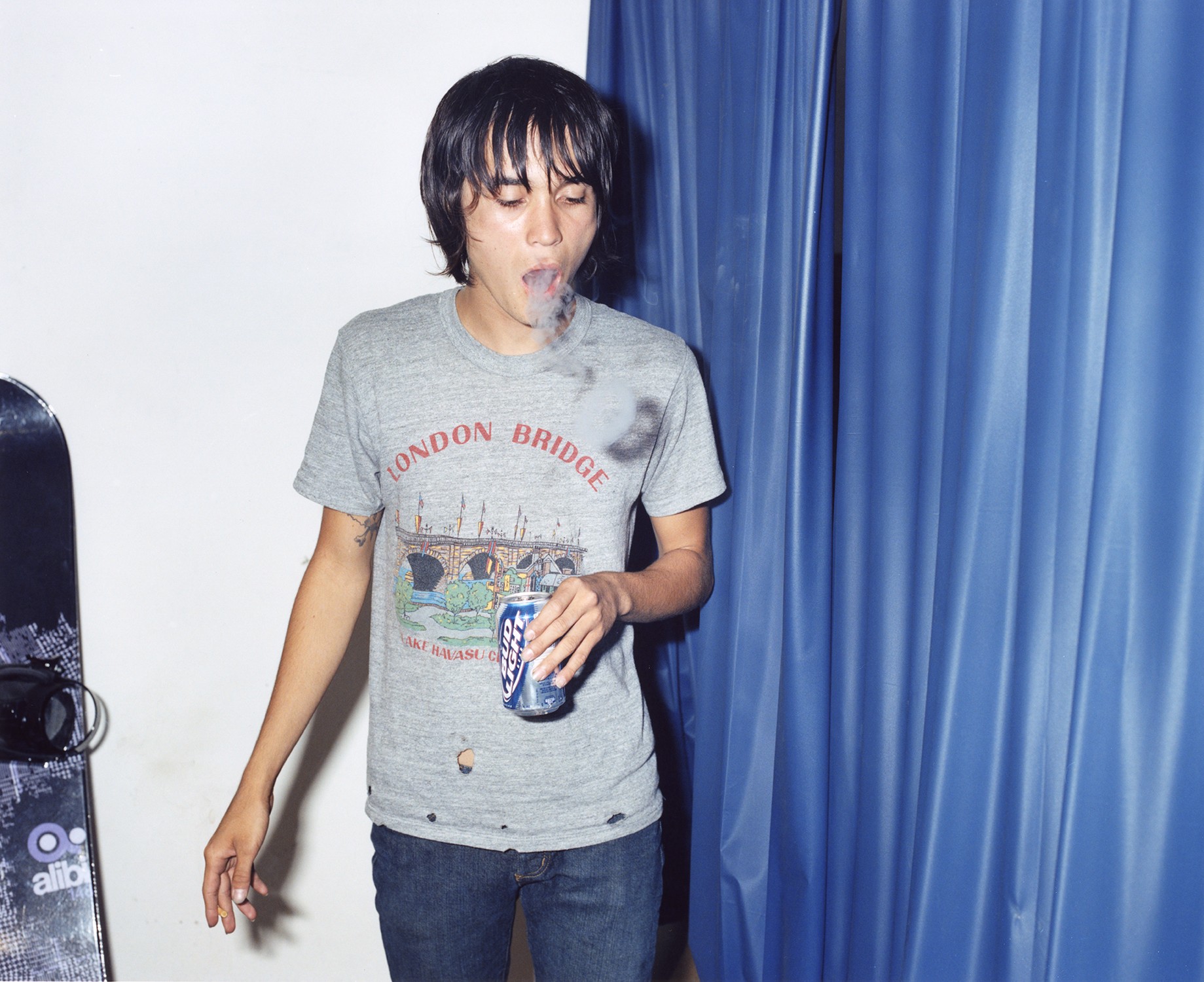
Three years later, Nick’s world fell apart when he learned he was adopted, and later went to rehab, where he dealt with paranoid psychosis. On the other side, overcome by profound shyness, Nick gravitated to photography. Camera in hand, he could engage with the world while maintaining a safe distance from people.
In February 2005, Nick met two California teens, Josh and Mikey, at a dim sum restaurant in New York’s Chinatown. Their laidback manner and easy repartee gave Nick a feeling of connection and security he had been missing. That summer, he travelled to California to hang with them, and soon found a place for himself in what he described as “a family of lost boys.”
Although he wasn’t a skateboard photographer, he gravitated towards the then-still underground scene during the pre-smartphone era. “At that point, skating was still a subculture, and I wanted to find out about them,” Nick says. At this point, Nick had a vision of American youth shaped by cinema.
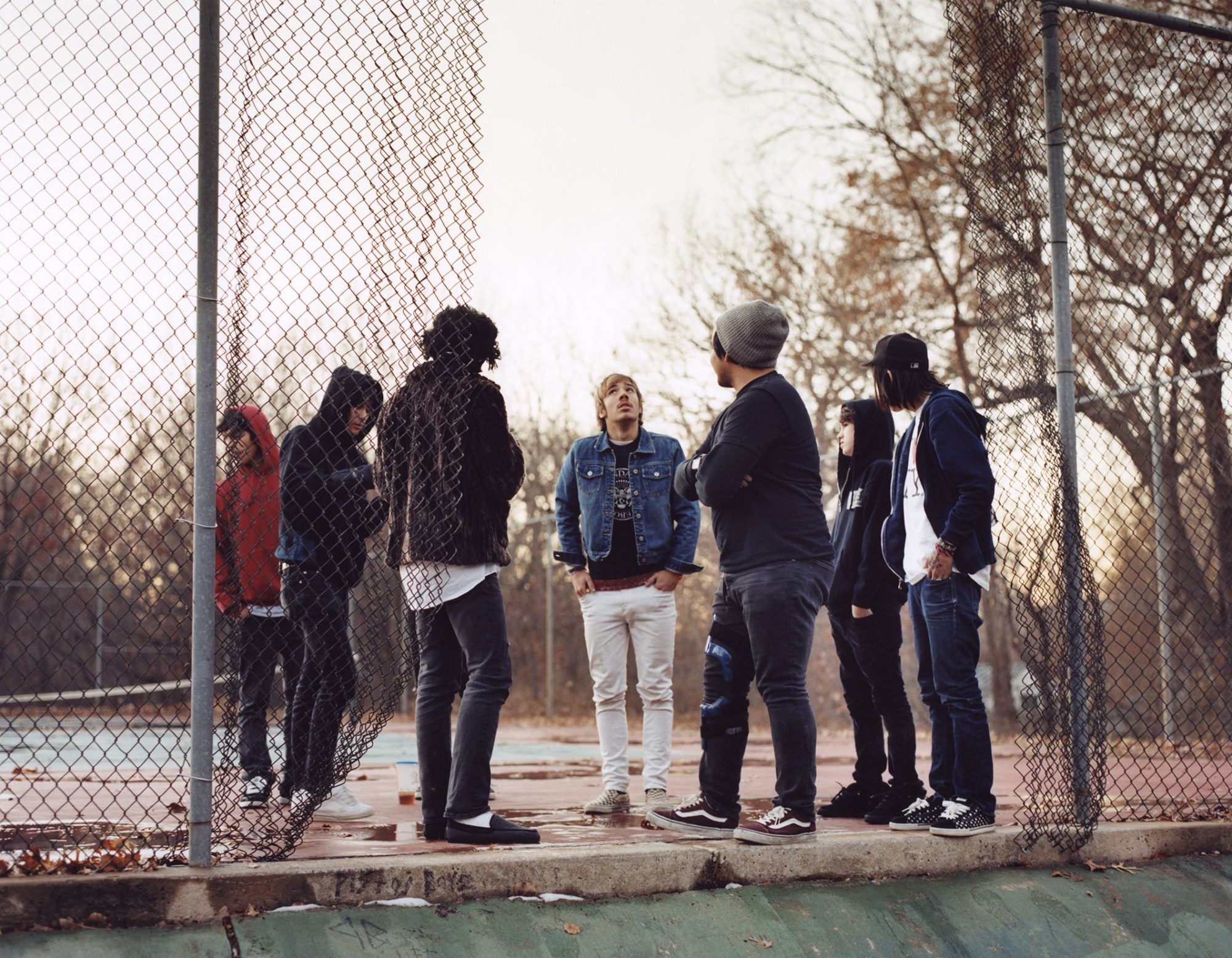
“They were a mixed bunch of kids — they were all misfits, or failing at school. Something wasn’t working, and they found this community in the skateboard. Everybody existed on MySpace, and we communicated that way. Some kids, it was friends instantly, and some were a little hesitant because I was this English dude with a camera that didn’t know anything about skating.”
“There were times I would travel with them, and I wouldn’t take a photograph because we were just talking. I suppose it’s about listening and communicating on a very human level. It doesn’t matter if they’re 18 or they’re seven — there’s always common interests and common problems.” Between 2005 and 2009, Nick couch surfed, partied, road-tripped, and hung out with the teens as they drifted between Southern California and Tulsa, Oklahoma — the site of Larry Clark’s groundbreaking 1971 book recording the lives of disaffected youth. Half a century later, Nick has just released The Last Survivor is the First Suspect (Kodoji Press), which bookends Clark’s work quite nicely.

Although Nick did not have Clark in mind while making this work, they share a common thread. Since the mid-1950, many white working-class American youth have gravitated towards the “rebel without a cause” archetype. Unable to trade their racial and gender privilege for social-economic advancement, they struggle to find their way in a hyper-individualistic culture propelled by the myth of American exceptionalism.
Adding fuel to the fire, the country’s obsession with youth has nurtured a state of delayed adolescence, leaving many teens to drift aimlessly toward adulthood. With societal pressure to “grow up” — get a job, buy a home, get married, have children, and pay bills until you die — it’s understandable why many may choose to avoid, deny, or reject the duties and drudgery of adulthood.
But this resistance may lead some astray, causing them to inadvertently opt-out before adulthood begins. Photographing the boys as they aged, Nick noticed the struggles they shared with his mates growing up in the UK. “When I was young, I had quite a few friends around me die, some drug-related, some accidents and driving. When you move into adulthood, there’s almost something sinister because responsibility is looming. You have to shape your life, but you still have that restlessness of youth. It’s quite raw. There may be a romantic love with something a darker because you feel invincible and impenetrable when you’re young.”
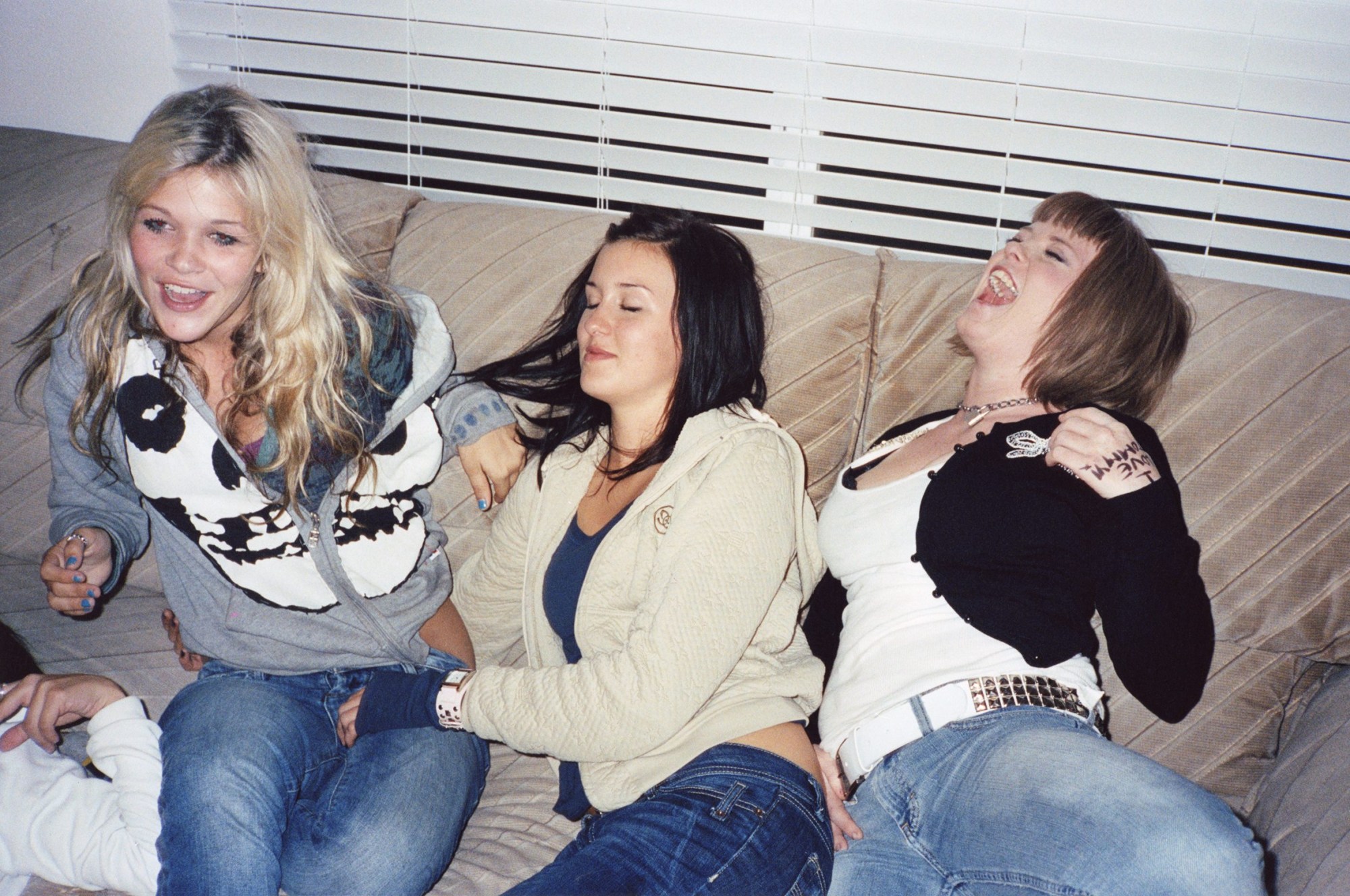
For the book, Nick brings together an extraordinary archive of photographs, video stills, newspaper clippings, geotags, URLs, and correspondence that opens on a foreboding note. In a 2015 email titled, “Re: Randy Rush Homicide,” Nick warns us of impending deaths in the book, of the boys who would never live to see adulthood. On the next page, there’s a grid of portraits with names underneath, introducing us to the characters we would encounter along the way through the book: Jake, Randy, Big Lou, Anthony, Lil Damien, and Sketch Chris, to name just a few.
As the book opens, we see these boys revel in the pleasures of youth, evoking the age-old question, “Can it be that it was all so simple then?” But as it progresses, we see that it’s anything but. The need for greater thrills increases with dire consequences. “These are working class kids in a complicated place,” Nick says. “Their drugs, guns, it’s very heavy, but the social commentary is underlying. The work is about the boys, what’s happening to them in these environments. I wanted to keep it about something emotional, on a human level.”

Nick’s photographs are a time capsule of the era — of the space between analogue and digital when hedonism reached a feverish pitch. There’s a casual, debauched glamour to everyday life, where all that really matters is getting fucked up and hanging out with your friends. Everyone is effortlessly beautiful and stylish, not yet burdened by the weight of social media. They love the camera, and the camera loves them back.
“It has to be very collaborative; that’s how I work because I shoot over the course of time. Some things fail miserably because they don’t go anywhere, but some become quite beautiful,” Nick adds. “[Looking back] it feels very naïve. Even though the book is darker in the end, I feel like it’s a celebration as well. It’s all part of existence.”
The boys are now grown men with families of their own. At a Los Angeles book launch, Nick hung photographs on the wall. “They were viewing their friends who are no longer here, and one of them said, ‘Well, we’re also not there anymore because this doesn’t exist anymore.'”
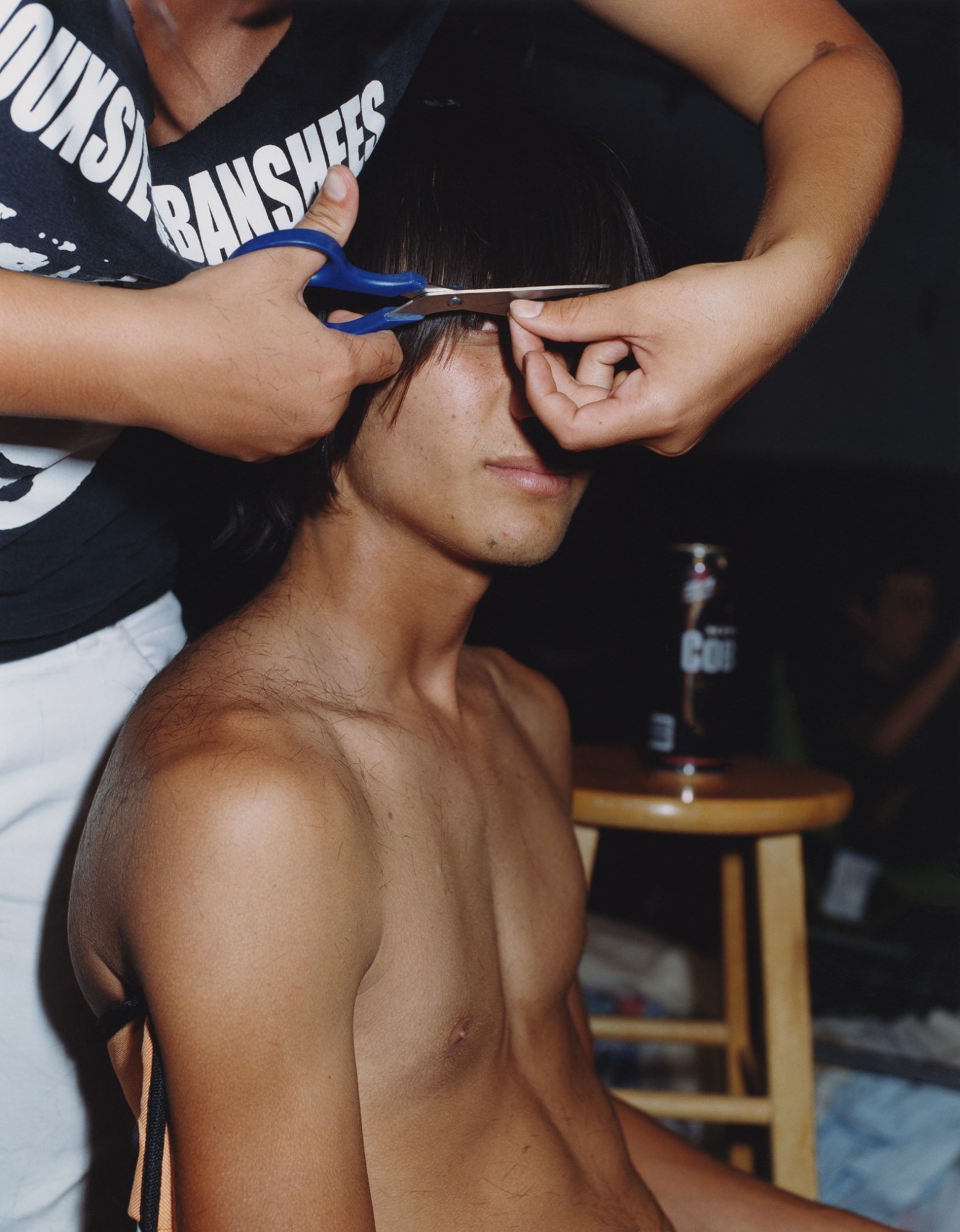
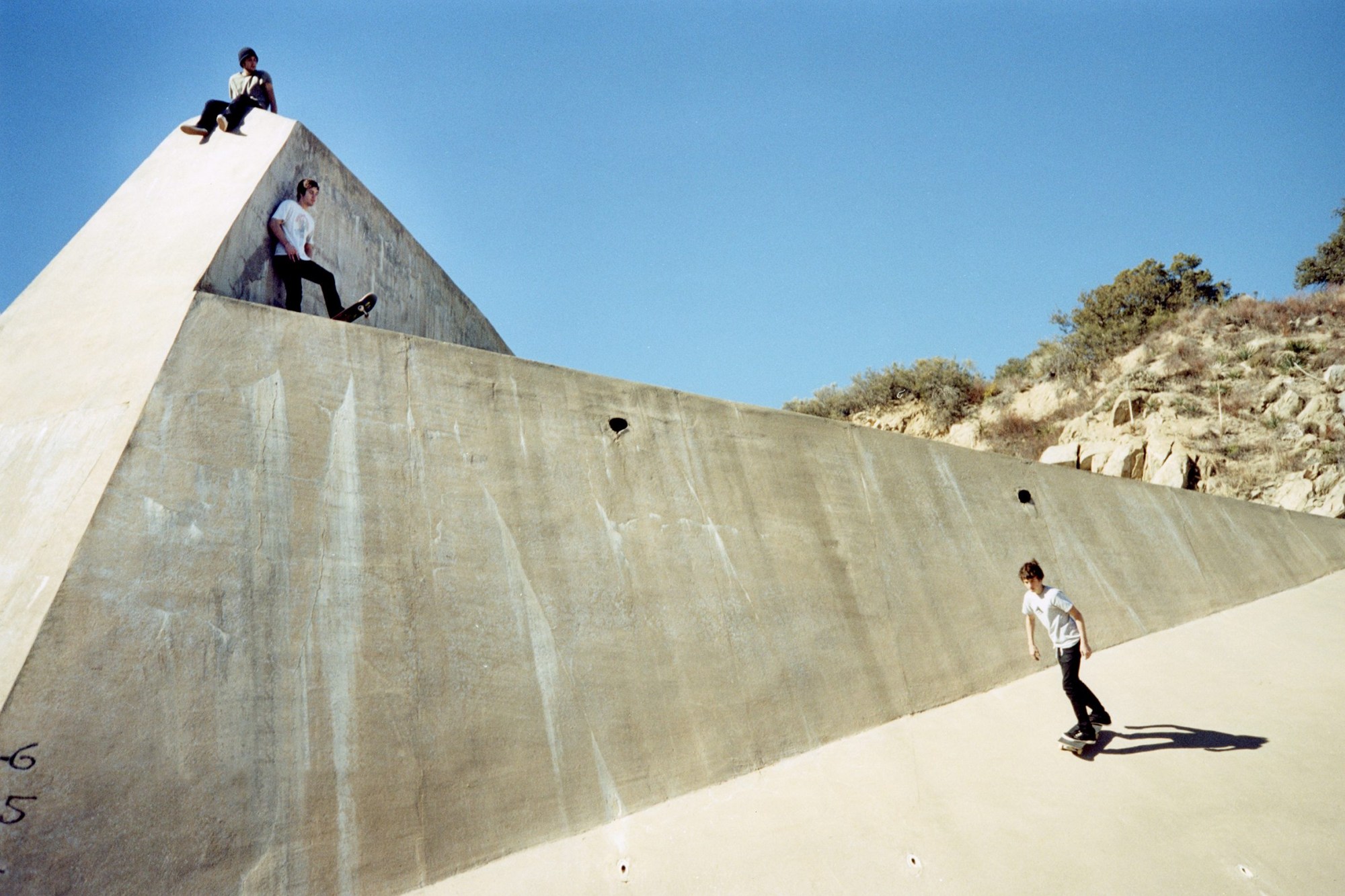

Credits
All images © Nick Haymes

